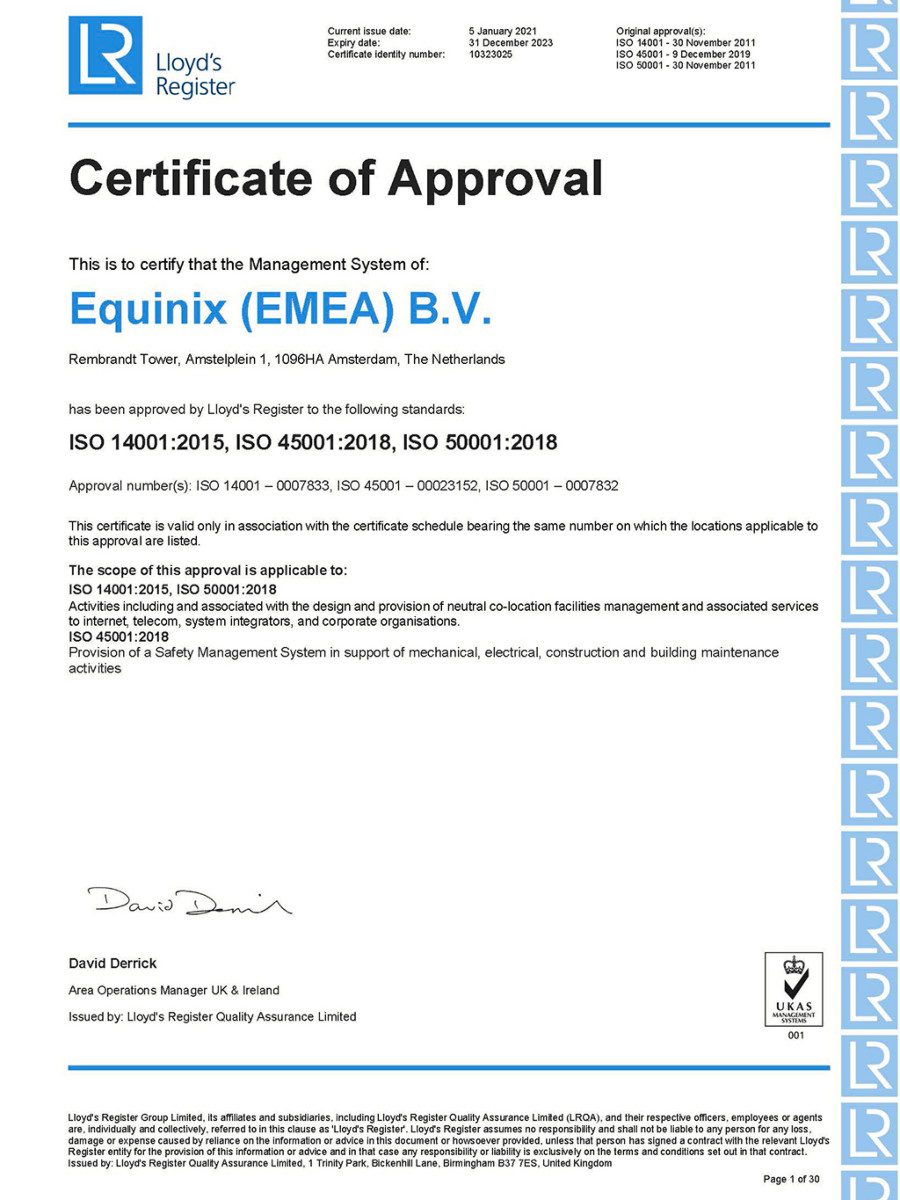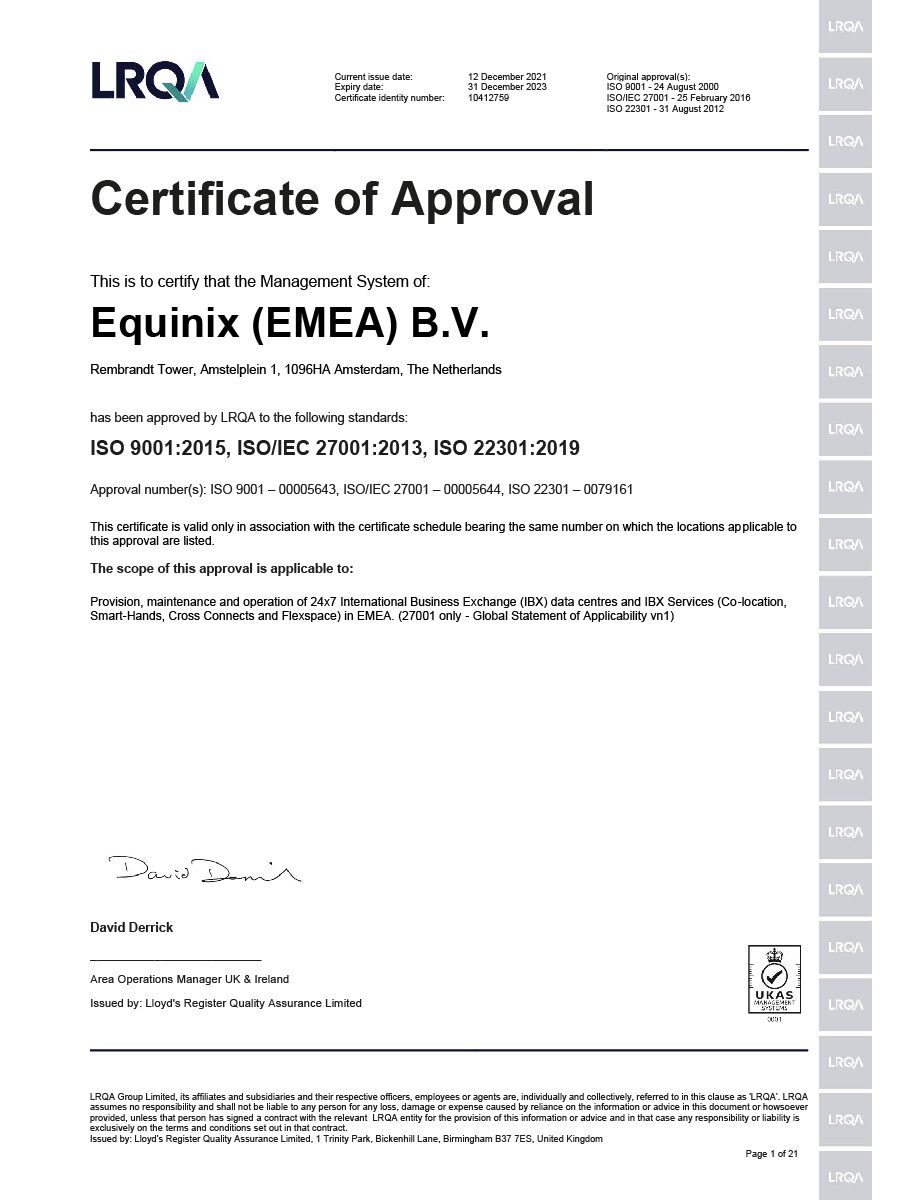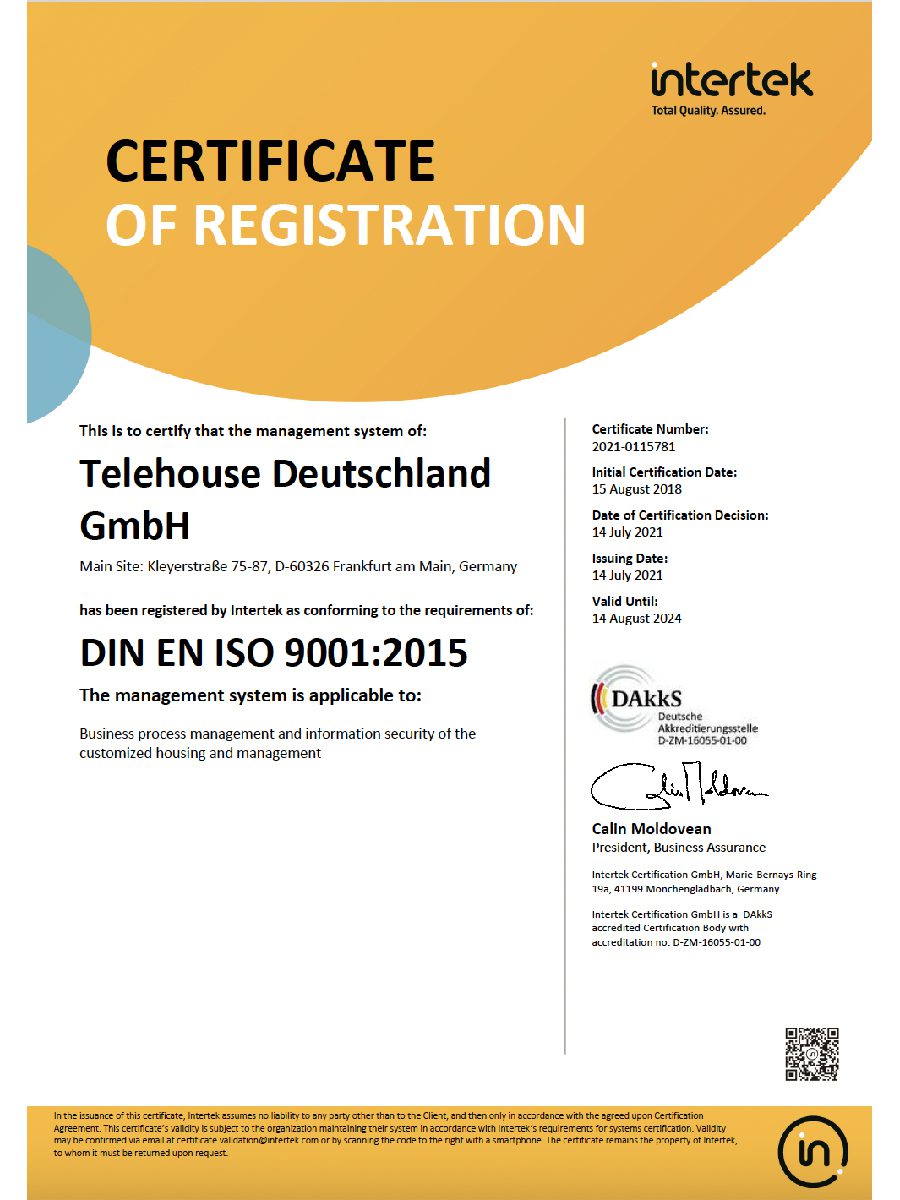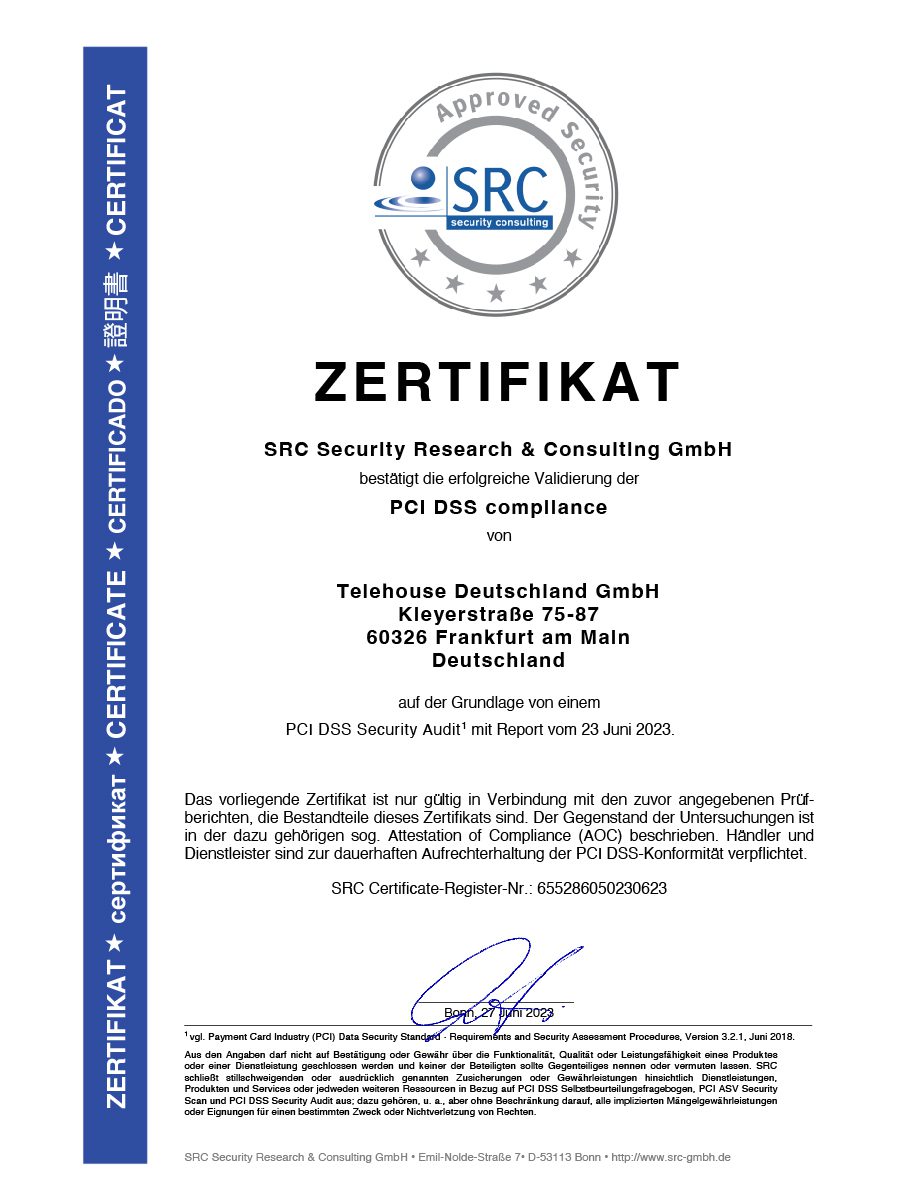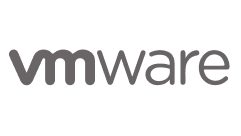Multicloud — Оренда мультихмари з підключенням до гіперскейлерів
Економічне, продуктивне та гнучке рішення на платформі Colobridge: мультихмара з підключенням до гіперскейлерів AWS, GCP та Azure. Розміщення даних у Німеччині у двох сертифікованих дата-центах, з підтримкою 24/7 вашою рідною мовою. ЗамовитиОтримати консультаціюЗамовлення послуги
Замовлення дзвінка
Замовлення послуги


Переваги оренди мультихмари з підключенням до гіперскейлерів
Незалежність від одного хмарного провайдера
Вибір хмари під конкретне завдання
Оптимізація витрат на хмару
Управління ризиками
Висока відмовостійкість
Швидке впровадження інновацій
Чому Colobridge
Безпека інформації на законодавчому рівні Німеччини
Дата-центри входять до «Топ 3 найкращих ДЦ-операторів світу»
Багатомовна експертиза та професійний технічний супровід 24×7×365
Висока якість обслуговування — 4,9 балів. Відповідь служби підтримки — до 15 хвилин
Відгуки та наші клієнти
За час співпраці Colobridge GmbH показала себе як надійного партнера, що має глибокі компетенціями в області IT-послуг.
Індивідуальний підхід до клієнта, гнучкість і готовність до нестандартних рішень вигідно відрізняють Colobridge GmbH від інших провайдерів.












































































































Переваги мультихмарного рішення на платформі Colobridge
Будь-яка конфігурація хмарної інфраструктури (IaaS)
Надамо хмарну інфраструктуру з потрібною конфігурацією обчислювальних ресурсів (CPU, RAM, HDD) з урахуванням фактичних потреб робочих навантажень та без необхідності самостійно купувати, налаштовувати та обслуговувати обладнання чи системи віртуалізації.
Uptime та доступність від 99,95%
Ваші дані будуть доступні 99,95% часу навіть у базовому тарифі. Також можемо прописати у договорі індивідуальні умови SLA із фінансовими гарантіями з нашого боку.
Безкоштовне тестування протягом 7-14 днів
Віртуалізація Hyper-V
Розмістимо ваші дані в хмарі Hyper-V, яка підтримує велику кількість гостьових ОС, забезпечує стабільну та відмовостійку роботу віртуальних серверів, а також просте масштабування відповідно до навантаження.
Cross-connect з публічними хмарами гіперскейлерів
Підключимо вашу хмару в Colobridge безпосередньо до будь-якого з трьох глобальних постачальників хмарних послуг — Amazon Web Services, Google Cloud Platform та Microsoft Azure. Їхні обчислювальні потужності розміщуються в тих же дата-центрах, які використовуємо ми.
Комфортна міграція у хмару
Часті питання щодо мультихмари з підключенням до гіперскейлерів
Що таке мультихмара?
Мультихмара — підхід, у якому одна організація використовує дві чи більше публічних хмари різних постачальників.
Можливості реалізації мультихмари:
- підбір хмари під специфіку конкретних робочих навантажень;
- використання економічно вигідних рішень у кожного постачальника послуг;
- мінімізація ризиків, викликаних прив’язкою до одного хмарного провайдера;
- скорочення часу на впровадження інновацій;
- відповідність корпоративним та регіональним політикам безпеки;
- адаптація IT-інфраструктури до фактичних потреб бізнесу.
Для з’єднання між хмарними середовищами різних постачальників послуг часто використовується мультихмарна мережа. Вона дозволяє підключати основні хмари з хмарами на межах обчислень, забезпечуючи стабільну продуктивність усіх робочих навантажень та скорочуючи витрати на утримання мультихмарної інфраструктури.
Кому підходить мультихмара?
Мультихмара буде оптимальним вибором для організацій, які хочуть:
- уникнути залежності від одного постачальника хмарних послуг;
- скоротити витрати на утримання хмарної ІТ-інфраструктури;
- забезпечити високу доступність всіх даних та сервісів;
- швидко тестувати та впроваджувати інноваційні рішення;
- досягти мінімальних показників затримки доступу у різних регіонах;
- виконати регіональні вимоги відповідності.
У чому різниця між мультихмарою та гібридною хмарою?
Іноді поняття «мультіхмара» та «гібридна хмара» використовуються як взаємозамінні, але це не так. Мультихмара передбачає використання хмарних продуктів від двох та більше постачальників для різних робочих навантажень. Водночас гібридна хмара — це розгортання робочих навантажень у різних обчислювальних середовищах, серед яких може бути одна або більше хмар, а також приватна хмара або локальний дата-центр клієнта. Зазвичай гібридну хмару вибирають через те, що повний перехід у загальнодоступні хмари обходиться занадто дорого, вимагає невиправдано багато ресурсів або компанія хоче зберігати критичні дані в контрольованому середовищі.
Що включає послуга з реалізації мультихмарної інфраструктури?
Фахівці Colobridge у рамках підготовки та міграції ваших робочих навантажень у хмару виконають такі види робіт:
-
- оцінять стан інфраструктури, класифікують навантаження та розроблять технічне завдання;
- допоможуть у виборі постачальників хмарних продуктів на платформі Colobridge та гіперскейлерів;
- складуть план міграції у хмару окремих робочих навантажень та даних;
- поетапно перенесуть клієнтські послуги так, щоб скоротити час чи унеможливити їх навіть тимчасову зупинку.
Щоб замовити мультихмару, просто напишіть нашим менеджерам
Що таке мультихмарне сховище?
Як дізнатися ціну оренди мультихмари?
Підсумкова ціна мультихмари рахується як сукупність витрат на всі публічні хмари та інструменти централізованого управління ними. Загалом мультихмарні рішення економічніші порівняно з гібридними рішеннями. Це пояснюється тим, що у випадку з мультихмарою немає необхідності купувати, керувати та обслуговувати приватну хмару чи локальну інфраструктуру.
Оптимізація витрат на мультихмарність включає насамперед вибір окремих продуктів з урахуванням витрат на них у різних постачальників послуг. Однак другим не менш важливим критерієм є вимоги самих робочих навантажень. Тільки в цьому випадку можна говорити про виражений економічний ефект від впровадження мультихмарної моделі.
Додатковими факторами, що впливають на ціну мультихмари, будуть інструменти автоматизованого управління ресурсами в публічних хмарах, грамотний розподіл робочих навантажень між хмарами та використання шаблонів.
Як забезпечується безпека в мультихмарі?
У мультихмарній стратегії важлива узгодженість: щоб під час виконання однотипних операцій у різних публічних хмарах діяли однакові принципи та політики безпеки. Частково це досягається автоматизацією завдань безпеки, щоб знизити вплив людського чинника, і відмови від точкових рішень безпеки, які передбачають використання окремих інструментів, що погано інтегровані один з одним. Також важливо дійти єдиної точки контролю — організувати управління безпекою мультихмари з єдиної панелі.
Машинне навчання у повсякденному житті
Майбутнє сьогодні
Генеративний штучний інтелект: що це чим відрізняється від традиційного і що з його допомогою можна генерувати
Що далі?
Спробуйте хмару безплатно до 2-х тижнів
Розкажіть нам про свої завдання та бізнес-вимоги
Що далі?
Спробуйте хмару безплатно до 2-х тижнів
Розкажіть нам про свої завдання та бізнес-вимоги


